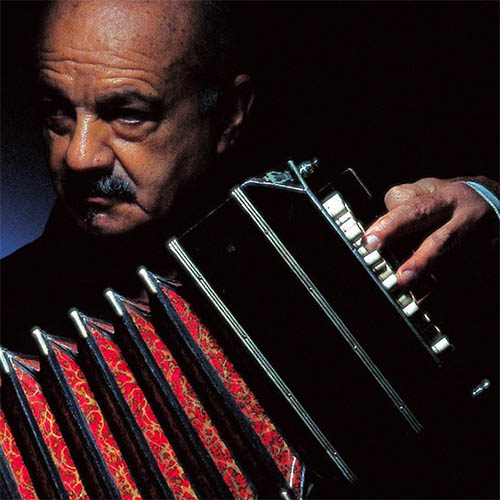Astor Piazzolla’s ‘Libertango’ is a timeless masterpiece that continues to captivate audiences worldwide. This groundbreaking composition, deeply rooted in the Argentine tango tradition, broke boundaries and redefined the genre. As one of Piazzolla’s most famous works, ‘Libertango’ has left an indelible mark on the world of music.
In this article, we delve into the fascinating story behind this legendary piece, exploring its origins, cultural impact, and evolution.
Origins of 'Libertango'
Born in 1921, Astor Piazzolla was an Argentine composer and bandoneon player who revolutionized the traditional tango by incorporating elements from classical music and jazz. In 1974, Piazzolla composed ‘Libertango,’ a piece that exemplified his new style, known as “nuevo tango.” This innovative fusion blurred the lines between tango, jazz, and classical music, resulting in a unique sound that resonated with audiences worldwide.
The title ‘Libertango’ combines the words “libertad” (Spanish for freedom) and “tango,” symbolizing Piazzolla’s desire to break free from the constraints of traditional tango and create a new genre. The piece’s distinctive rhythm, harmony, and instrumentation showcase Piazzolla’s genius and creativity, making ‘Libertango’ a trailblazing composition in the world of music.

Cultural Impact of 'Libertango'
The release of ‘Libertango’ marked a turning point in the history of tango. Piazzolla’s innovative approach to the genre garnered both praise and criticism. Traditionalists accused him of betraying the essence of tango, while others embraced his avant-garde vision, which breathed new life into the art form.
‘Libertango’ has since become a symbol of artistic freedom and innovation. Its influence extends beyond the world of tango, with many musicians and composers from various genres citing Piazzolla’s work as an inspiration. This masterpiece has been performed and recorded by countless artists, including Yo-Yo Ma, Grace Jones, and Al Di Meola, demonstrating its versatility and enduring appeal.
The Evolution of 'Libertango'
Over the years, ‘Libertango’ has transcended its original form, evolving into a musical phenomenon that adapts to different styles and instruments. The piece has been arranged for various ensembles, including orchestras, string quartets, and jazz bands. This adaptability is a testament to Piazzolla’s genius and the universality of his music.
One of the most notable reinterpretations of ‘Libertango’ is Yo-Yo Ma’s rendition, featured on his 1997 album ‘Soul of the Tango: The Music of Astor Piazzolla.’ Ma’s interpretation of the piece on the cello brought Piazzolla’s music to a broader audience, earning critical acclaim and a Grammy Award.
Download Sheet Music
'Libertango' in Popular Culture
Over the years, ‘Libertango’ has become a staple in the world of film, television, and advertising. Its instantly recognizable melody has been used to set the tone in countless productions, from the sultry dance scenes in movies like ‘Shall We Dance?’ (2004) and ‘Frida’ (2002) to the high-energy commercials for brands like Chanel and Volvo.
The enduring popularity of ‘Libertango’ is a testament to the power of music to captivate and inspire. Astor Piazzolla’s masterpiece continues to be celebrated as a groundbreaking work that forever changed the landscape of tango music and introduced the world to the captivating genre of nuevo tango.
The story behind Astor Piazzolla’s ‘Libertango’ is one of innovation, passion, and a relentless pursuit for freedom.

